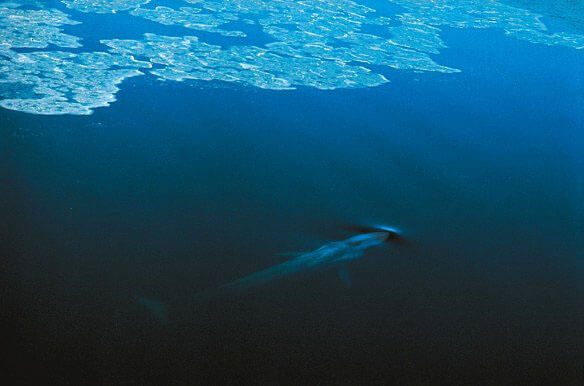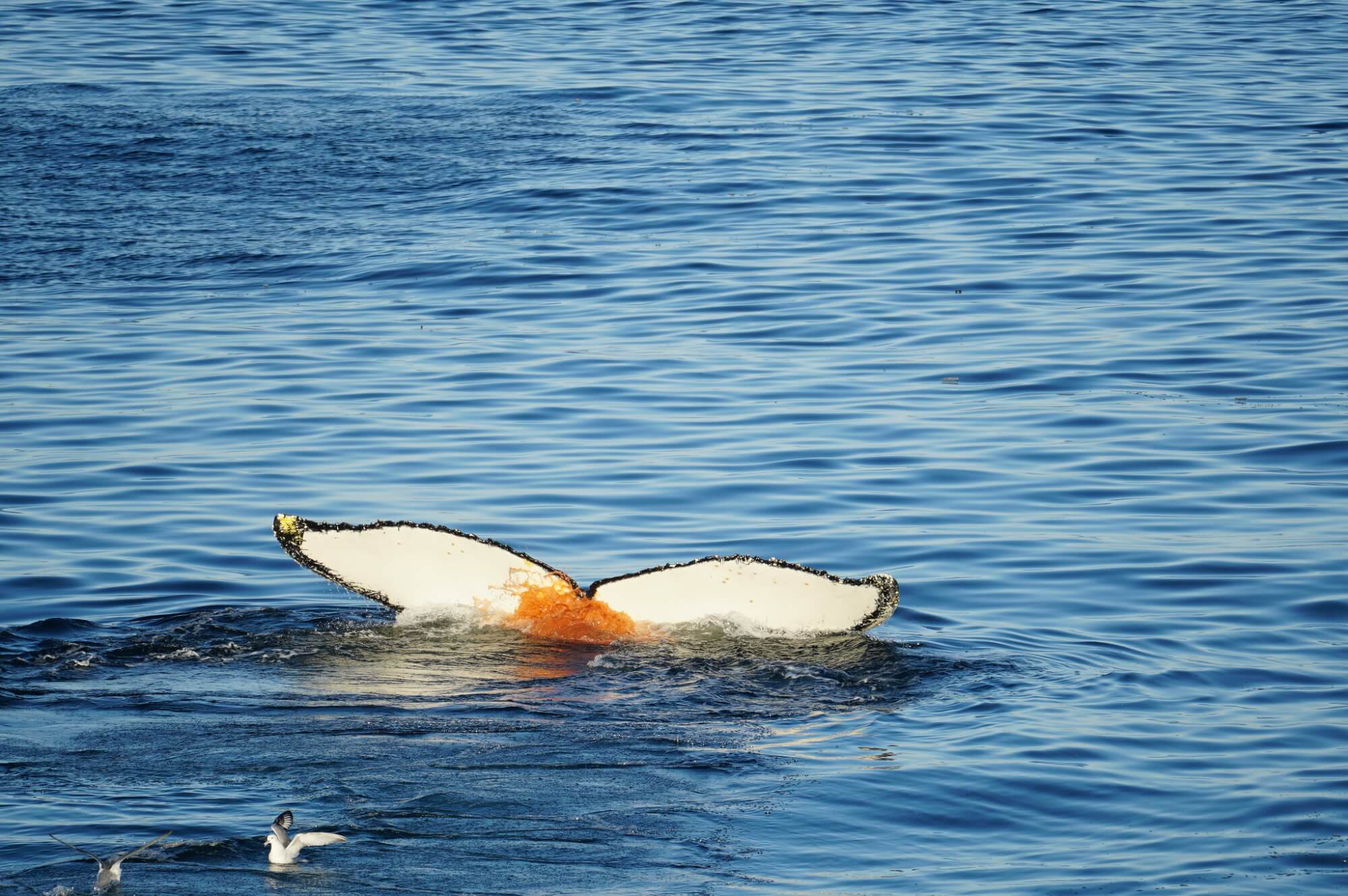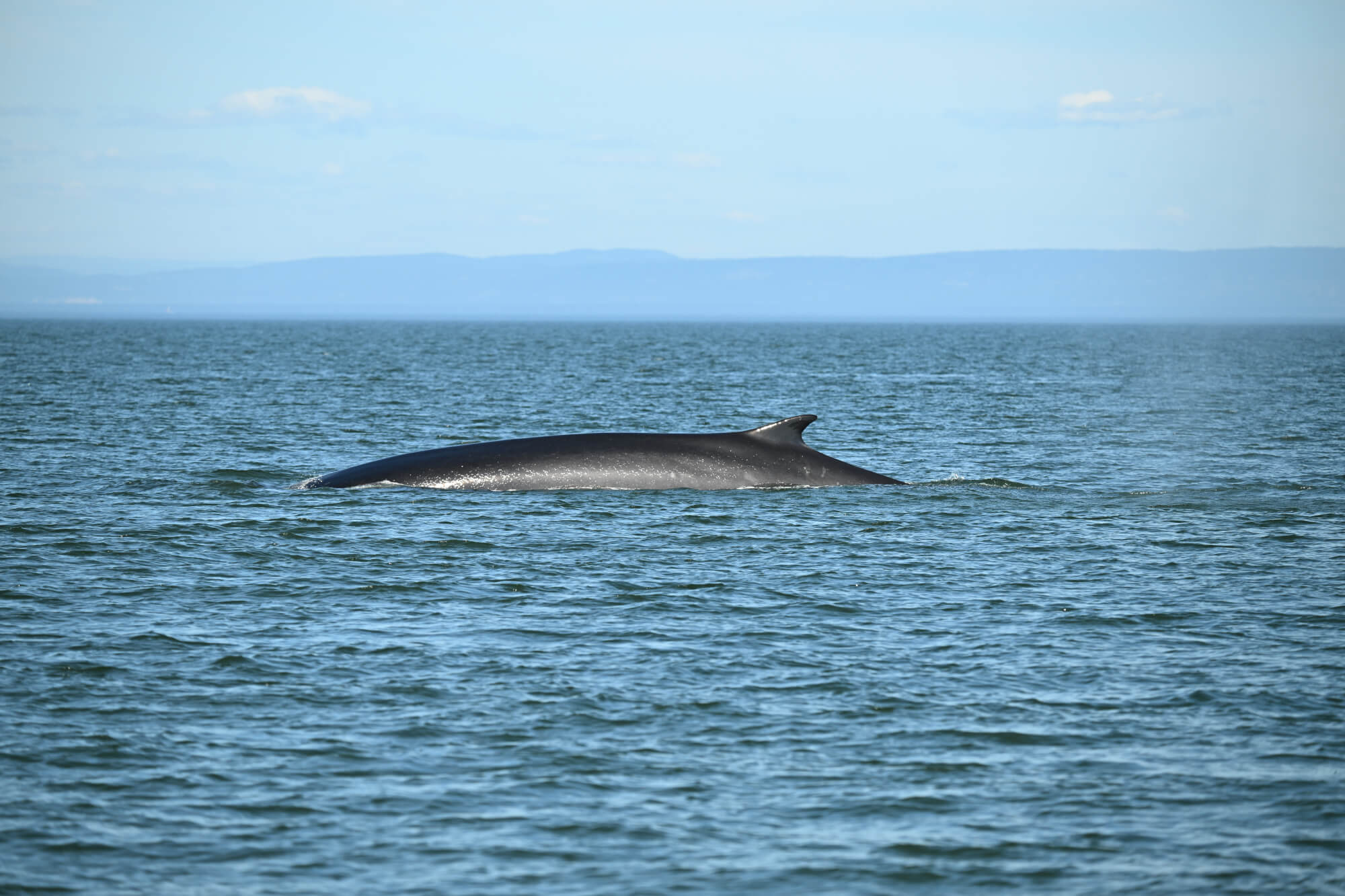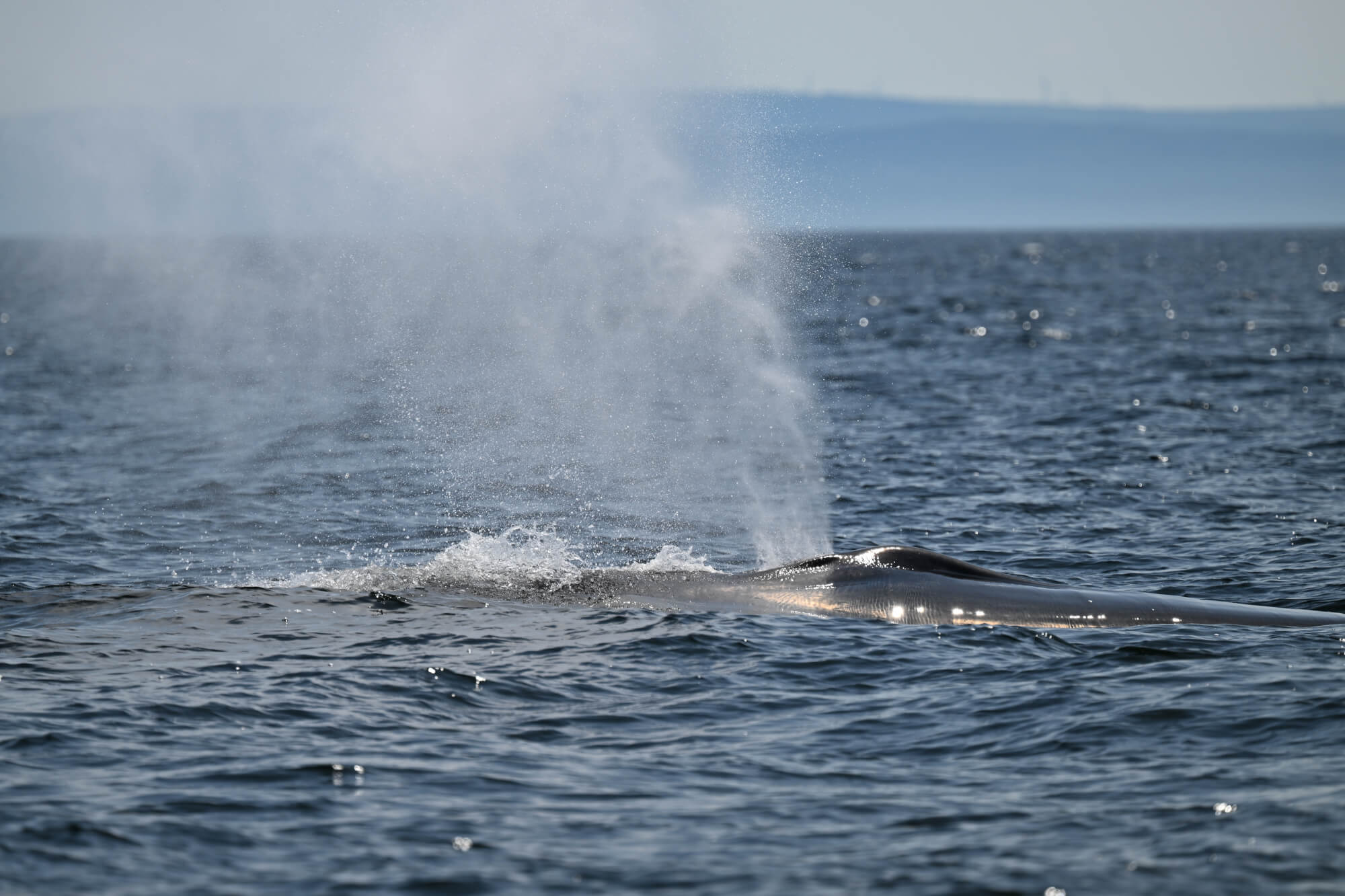A study released this month by the Maurice Lamontagne Institute of Fisheries and Oceans Canada reveals that significant changes are taking place in the St. Lawrence River: deep waters continue to grow warmer and winter ice cover is diminishing. What will be the consequences of these trends for marine mammals in the St. Lawrence?
The ice cover observed on the St. Lawrence in 2016 was the third lowest in almost 50 years, reveals this study. In the past seven years, the St. Lawrence has registered five of its lowest ice cover figures since 1969. According to Peter Galbraith, a researcher in physical oceanography at Fisheries and Oceans Canada and one of the authors of this study, global warming is most likely the cause.
“On average, 1°C warmer means an ice cover that lasts two weeks less, so if we look into the future, for example, 2.5°C warmer in winter would translate into five weeks less of ice cover,” mentions the researcher in an interview with Radio-Canada.
Water temperatures 250 to 300 metres below the surface mean that the average data for the entire Gulf continue to rise and are at record high levels. In the St. Lawrence Estuary, researchers also recorded a record average temperature of 8.3°C in surface waters from May to November. This is the warmest temperature recorded in 30 years of data.
These trends will certainly have an impact on some species, modifying their habitat and affecting their food resources.
Marine mammals in the St. Lawrence during the winter – belugas, harbour seals, harp seals, gray seals and other species on occasion – use the ice cover as a feeding ground and a refuge. Algal blooms under the ice attract zooplankton, which in turn attract fish. Marine mammals can therefore feed under the ice and protect themselves from wind and weather. Belugas seem to favour open ice with 70-90% cover.
In different parts of the world, particularly in the Arctic and Southern Oceans, a decrease in ice cover appears to be beneficial, at least in the short term, for some large cetaceans such as humpback and bowhead whales. The reduction of ice cover might allow some cetacean populations to remain in their feeding areas longer and even explore new feeding grounds to which they did not previously have access. Will some cetaceans benefit from reduced ice cover on the St. Lawrence River?
Several marine mammals of the St. Lawrence are migratory species that come to feed in this region during the summer. The increase in water temperatures not only affects ice cover, but also the abundance of prey consumed by these migratory species in the St. Lawrence River and elsewhere on their migratory routes. As a result, will these marine mammals alter their migration periods, migratory routes or summer and winter ranges?
Many questions remain unanswered about the impact of these trends on marine mammals in the St. Lawrence. “The decline in ice cover and warming will have varying effects on the various species of marine mammals in the St. Lawrence that are difficult to predict for several of them and that it will be necessary to document,” says Véronique Lesage, researcher at the Maurice Lamontagne Institute. One thing is certain: the St. Lawrence is undergoing rapid changes and the species living there will face major adaptation challenges.





